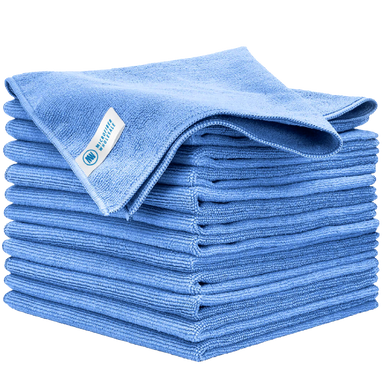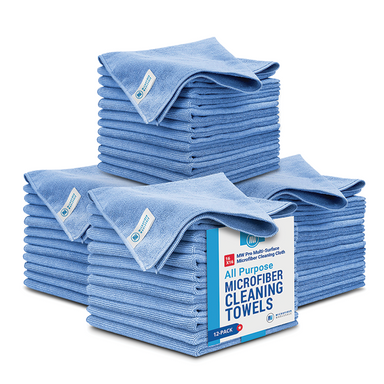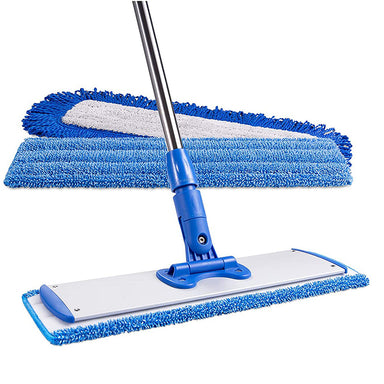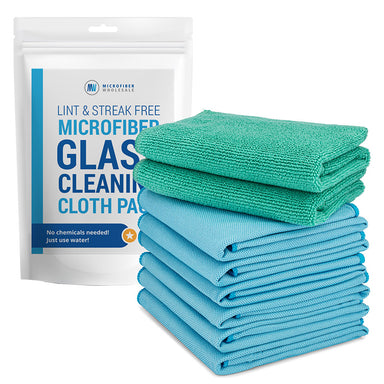Why Fall is a Great Season to Deep Clean Your Home
Spring has always been synonymous with decluttering, deep cleaning, and preparing our homes for the warmer months. And rightly so, as our homes post-winter hibernation can often require some much-needed attention before we head into the warmer weather.
On the flip side, summer is an activity-filled season, where dust, allergens, and clutter tend to accumulate in the home. It’s a time when we’re busy, so decluttering, organizing, and cleaning often gets neglected.
This is why fall is the perfect time to “spring clean” your home.
Taking the time to deep clean your home in the fall does more than just enhance its appearance. It helps improve indoor air quality, reduces the risk of pests seeking shelter inside, and prepares your home for the festive season ahead.
Here are four reasons why fall is an essential time to clean your home:
Indoor Air Quality
Over the summer, dust, pet hair, and allergens can build up, affecting air quality and potentially leading to respiratory problems. So fall is the perfect time to clear the air, quite literally, through cleaning and decluttering.
Holiday Preparation
Fall cleaning prepares your home for entertaining and decorating, allowing you to focus on festive activities in a neat and tidy space. It also makes it easier to clean in between visitors when you’ve got everything in order.
Pest Prevention
Insects and rodents may look for a warm home inside yours during the cooler months. Deep cleaning your home helps identify and eliminate possible nesting spots, and cleaning up any old crumbs and food debris will also help prevent pests.
Ambience
A clean, clutter-free home feels more welcoming and inviting, allowing you to relax and enjoy the coziness that fall brings. It also makes it easier to maintain your home’s ambience throughout fall and winter.
By taking the time to clean now, you'll not only make your home more pleasant to live in but also protect your health and avoid bigger issues later on.

















